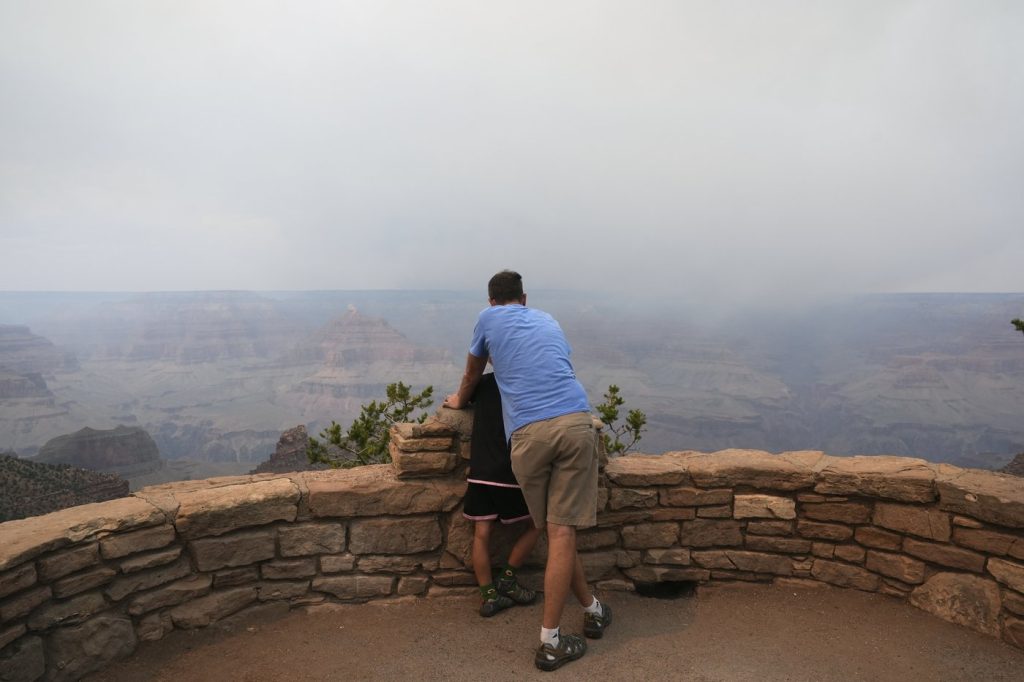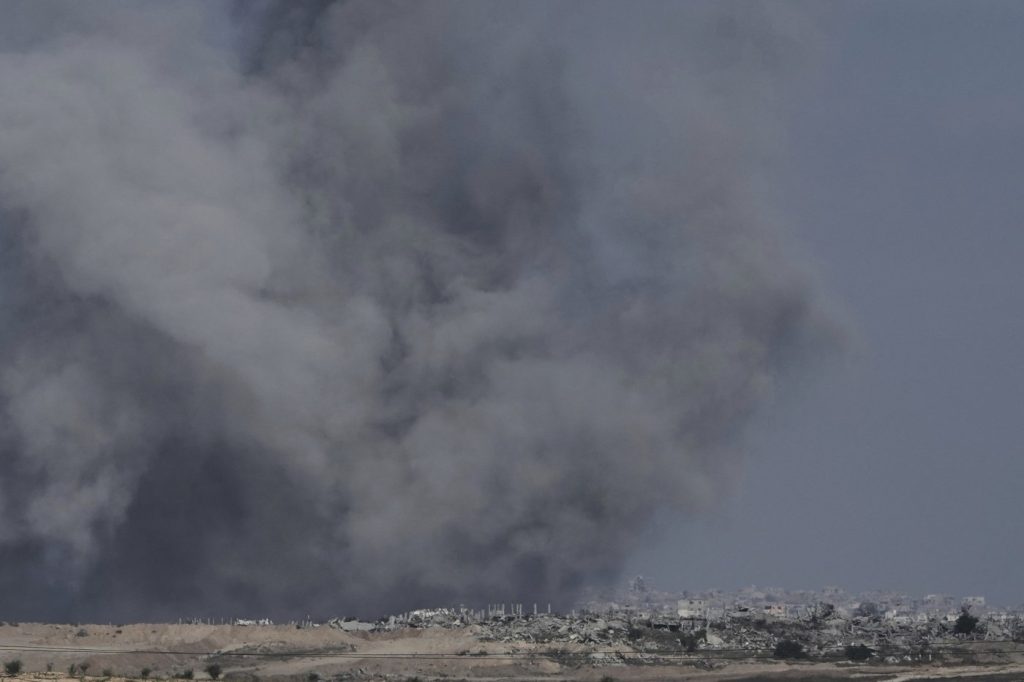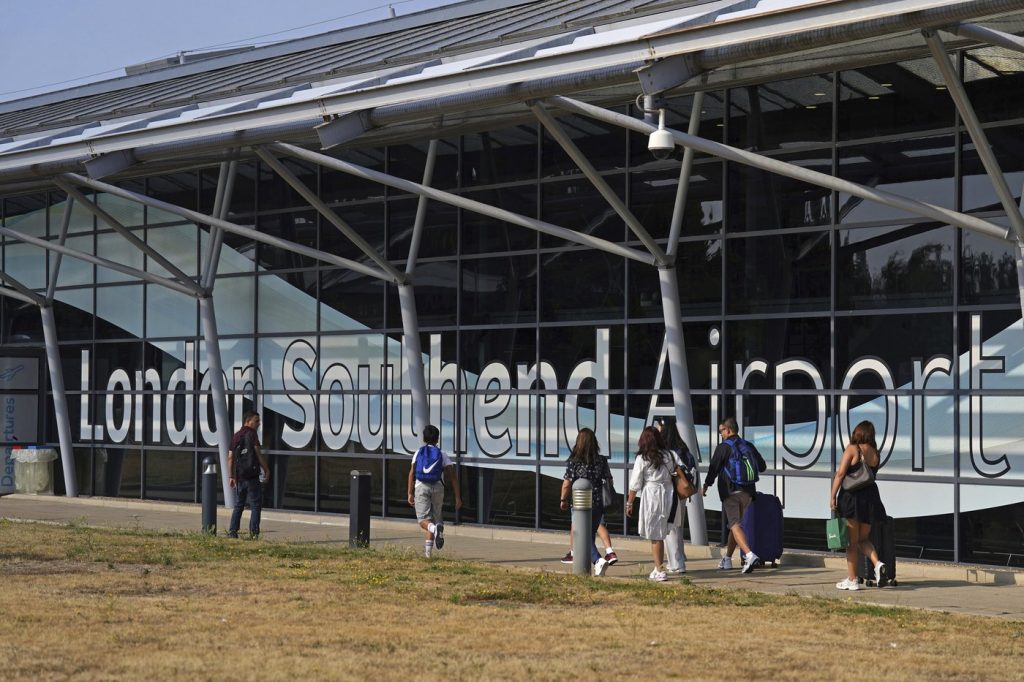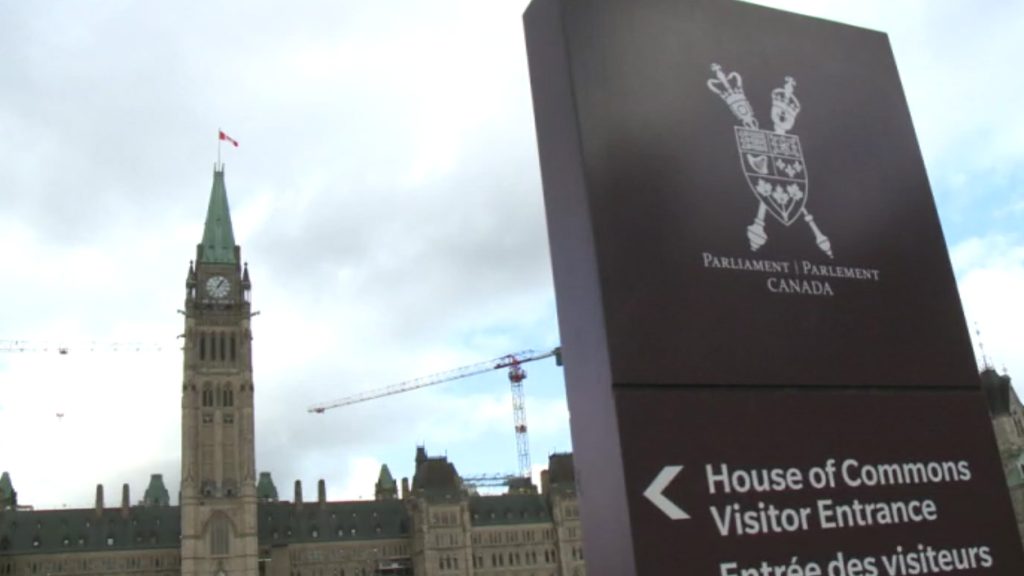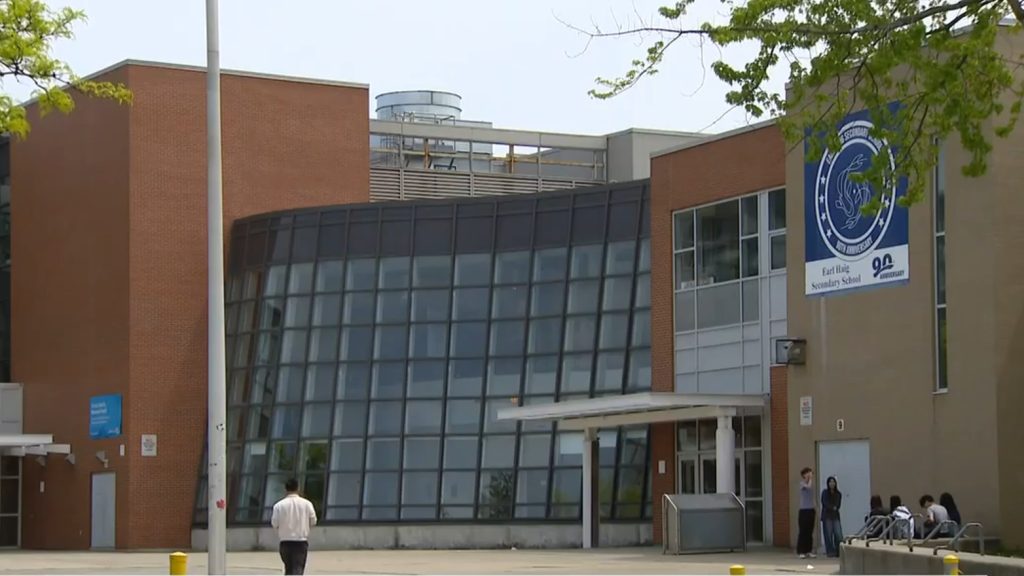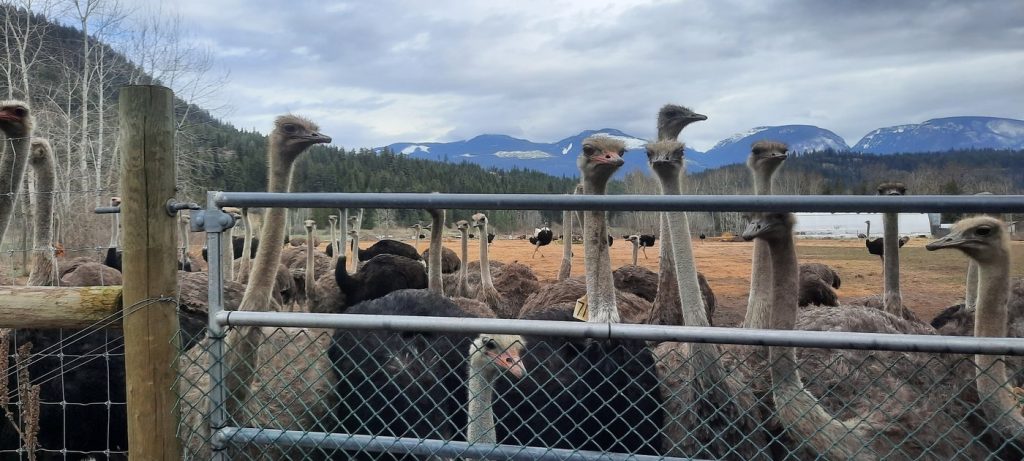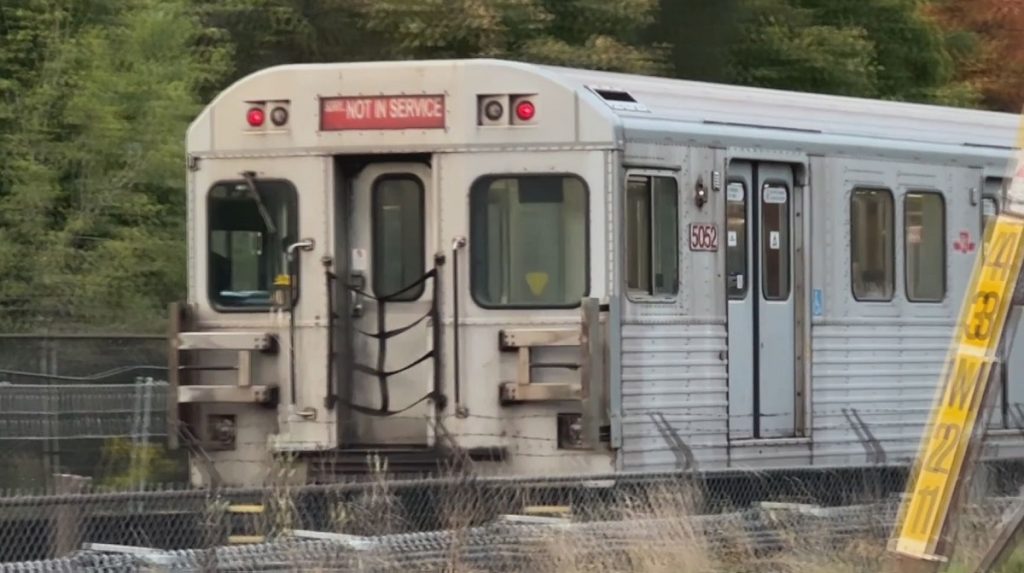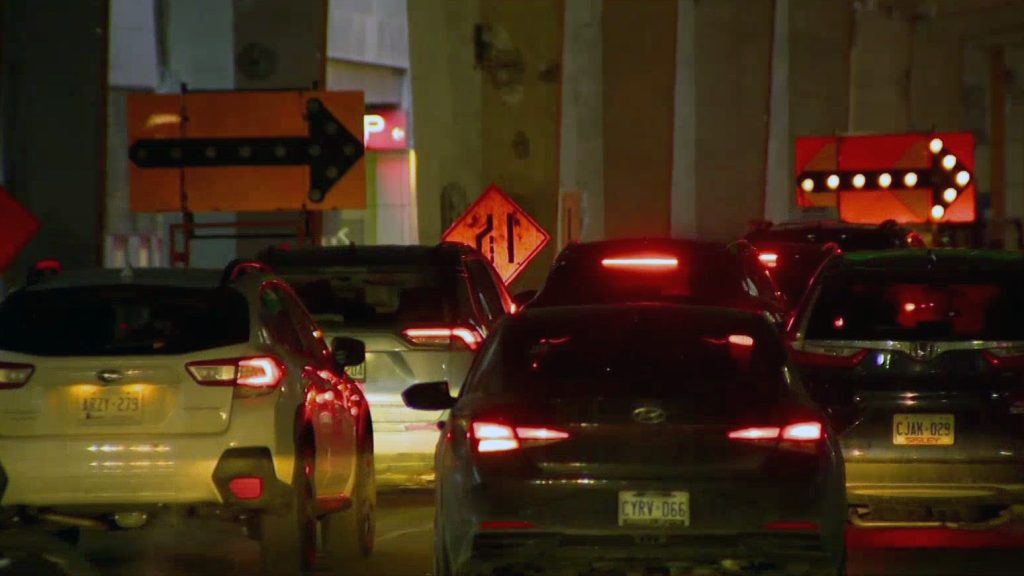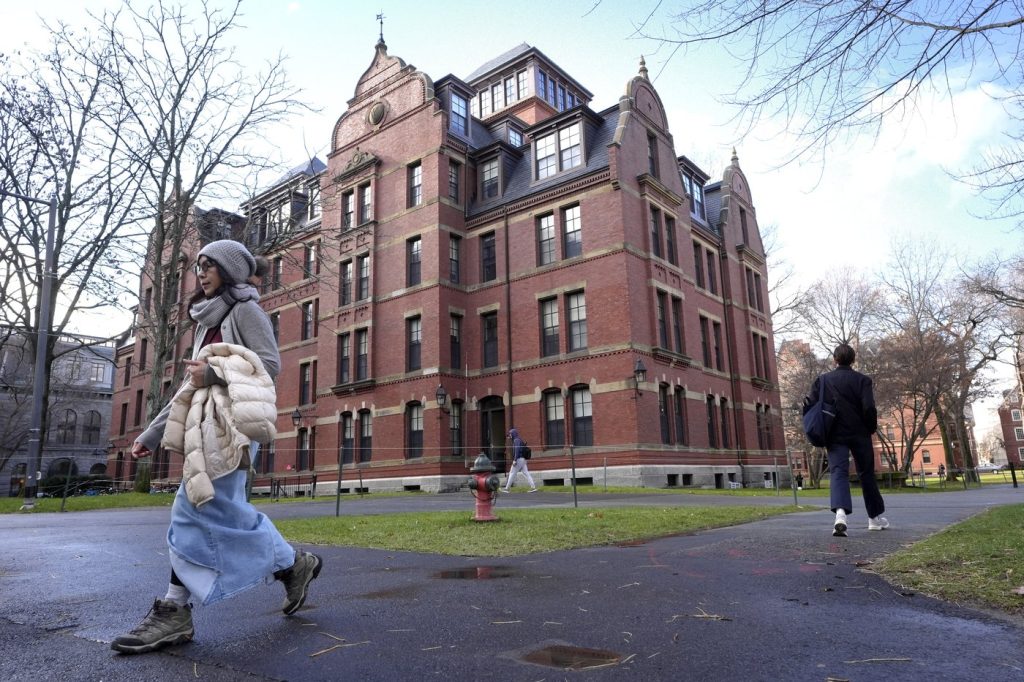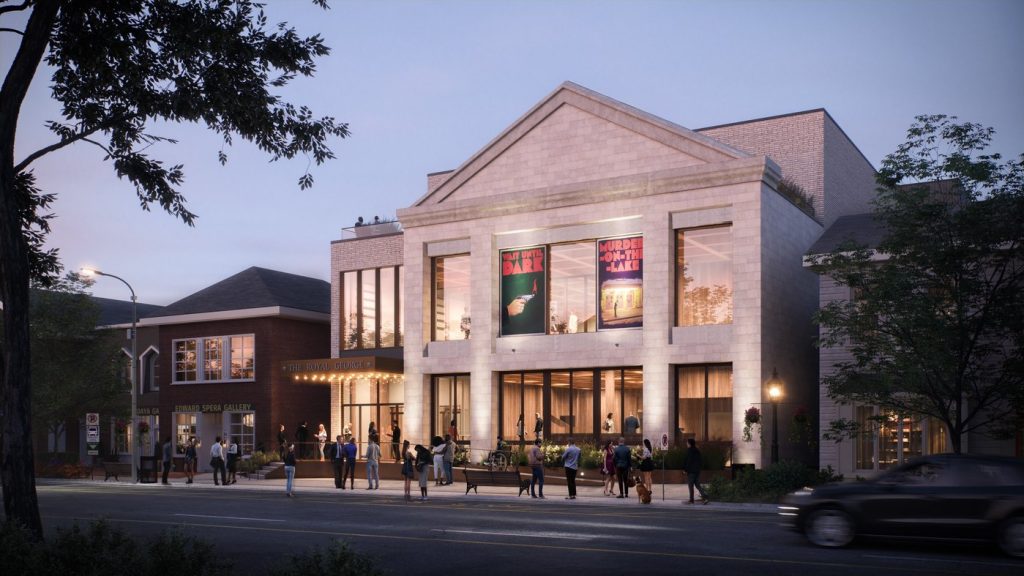GRAND CANYON NATIONAL PARK, Ariz. (AP) — A wildfire has devastated a historic lodge at the Grand Canyon, leading to increased scrutiny over the National Park Service’s decision-making process regarding fire management. The fire, known as the Dragon Bravo Fire, started on July 4, 2025, from a lightning strike and was initially allowed to burn freely for several days before it grew uncontrollably over the weekend.
The blaze, which erupted on the remote North Rim—an area that typically sees less visitor traffic—quickly spread with no containment in sight. Fire officials reported that no injuries had occurred, but over 70 structures were destroyed, including a visitors center and cabins. Initially, park officials claimed there were “no threats to infrastructure or public safety,” opting to monitor the fire rather than engage it aggressively.
However, after four days, the situation escalated dramatically. The fire expanded by nearly eight times on Friday, growing to over 1.4 square miles, prompting urgent evacuation orders. Arizona Governor Katie Hobbs responded by calling for a federal investigation into the National Park Service’s handling of the fire, criticizing the decision to manage it as a controlled burn during the drier, hotter season of Arizona summer.
Governor Hobbs plans to meet with leaders from the U.S. Forest Service and the U.S. Department of the Interior to gather more information about the wildfire management decisions. Initially, authorities employed a “confine and contain” fire management strategy but shifted to aggressive suppression tactics as conditions worsened, exacerbated by high temperatures, low humidity, and strong winds.
The destructive fire has led to the loss of the Grand Canyon Lodge, the only lodging facility on the North Rim. It was known for its impressive architecture, featuring large ponderosa beams and a striking limestone facade. The lodge also included employee housing and a wastewater treatment plant, all of which were consumed by the fire. The park's North Rim is now closed to visitors for the remainder of the year, limiting access to only about 10% of the Grand Canyon’s annual visitors.
Evacuations affected hikers in the vicinity, and rafters along the Colorado River were advised to avoid Phantom Ranch, an area of cabins and dormitories. Trails from both the North and South rims have been closed due to safety concerns. Smoke plumes from the wildfire filled parts of the Grand Canyon, with visitors on the South Rim capturing photos of the smoke engulfing the canyon.
While firefighters made some progress fighting the Dragon Bravo Fire using aerial retardant drops, they had to temporarily halt operations due to a chlorine gas leak at the water treatment facility. This posed an additional risk, prompting further evacuations over fears that the potentially toxic gas could drift downhill into the canyon.
In response to the escalating crisis, U.S. Senators Mark Kelly and Ruben Gallego expressed their concerns by sending a letter to Interior Secretary Doug Burgum, inquiring about the administration's strategy for tracking wildfire decision-making under a recently signed executive order to consolidate federal firefighting efforts.
Across the Western United States, approximately three dozen wildfires remain uncontained, with an additional 80 being managed to eliminate densely packed vegetation. As of the latest reports, nearly 2.5 million acres have burned this year, which is slightly below the historical 10-year average. Meanwhile, another significant wildfire in southwestern Colorado has led to the closure of Black Canyon of the Gunnison National Park and has caused localized evacuations.
The Grand Canyon Lodge, which had survived a previous fire in 1932, was beloved by visitors for its picturesque views of the canyon. Under its care, Aramark, the lodge's operating company, confirmed that all guests and employees were safely evacuated before the fire destroyed this iconic structure. As the Grand Canyon region faces a severe wildfire season, officials continue to grapple with strategies for managing natural disasters amid increasingly dry and hot conditions.


